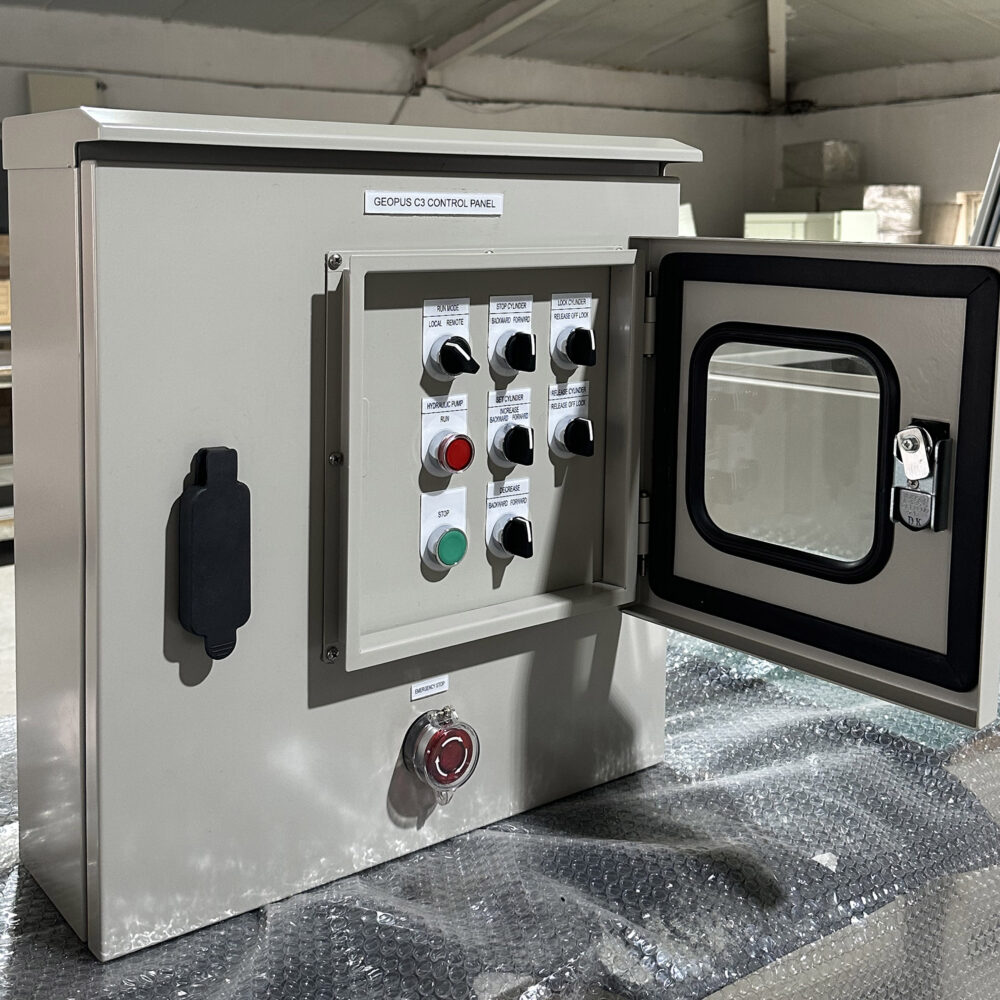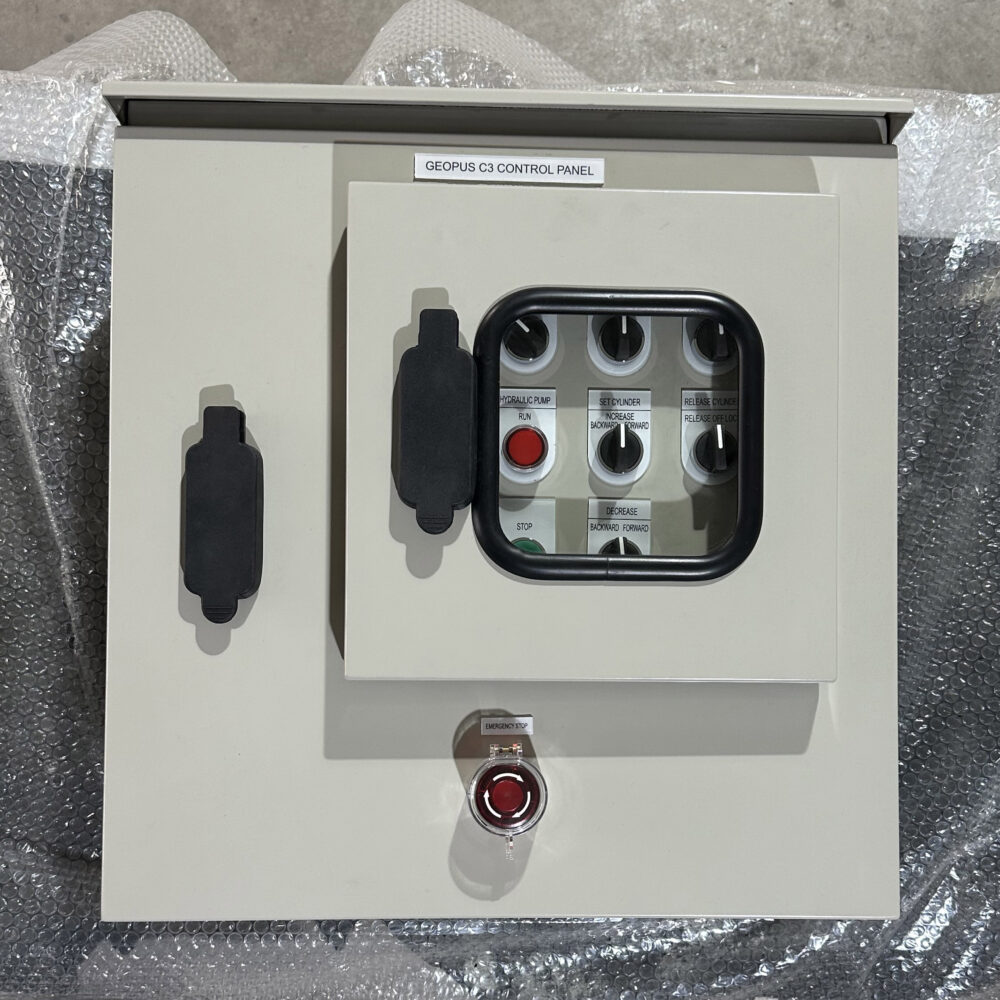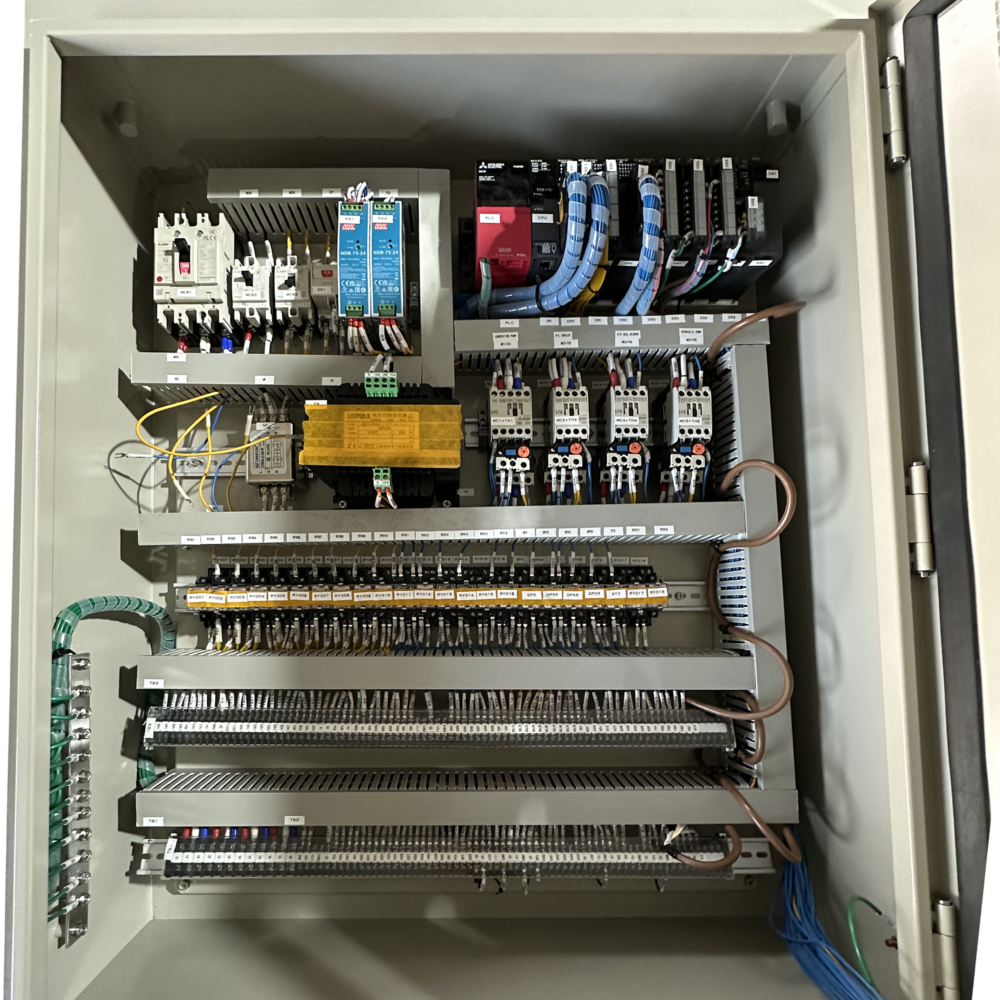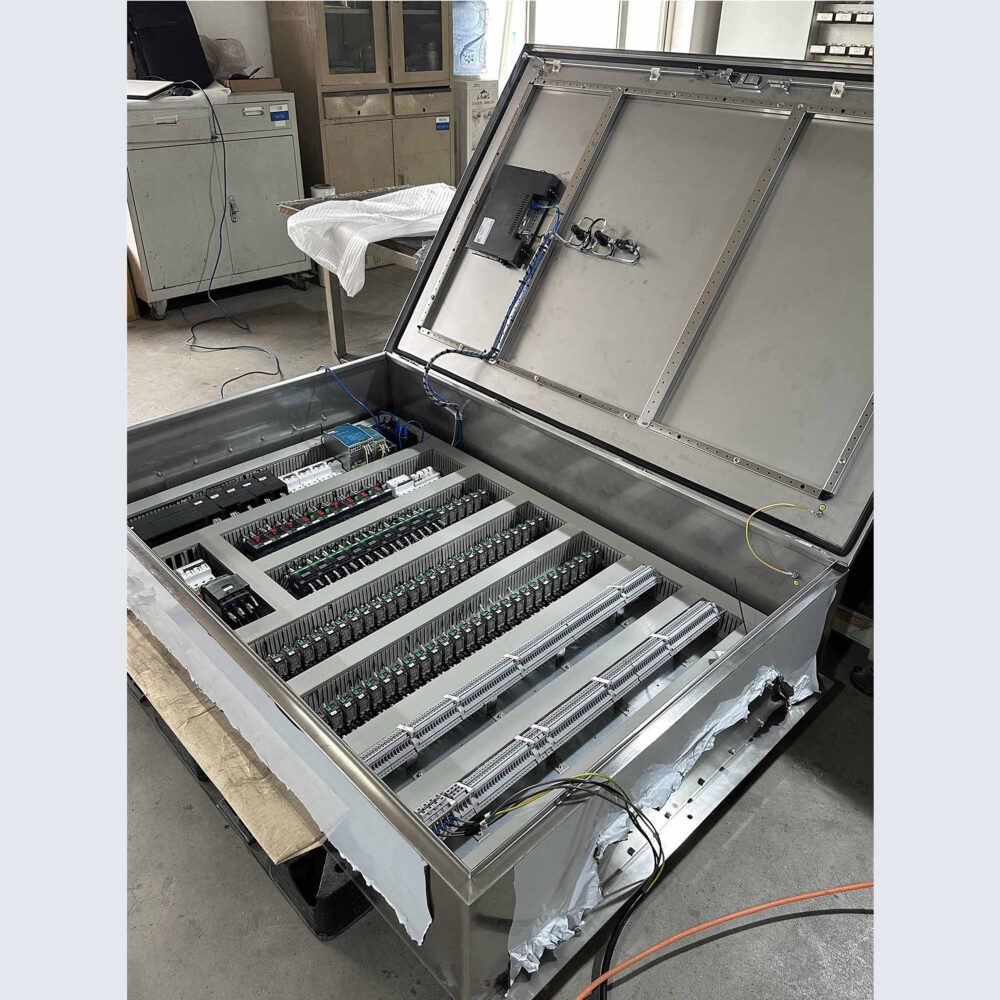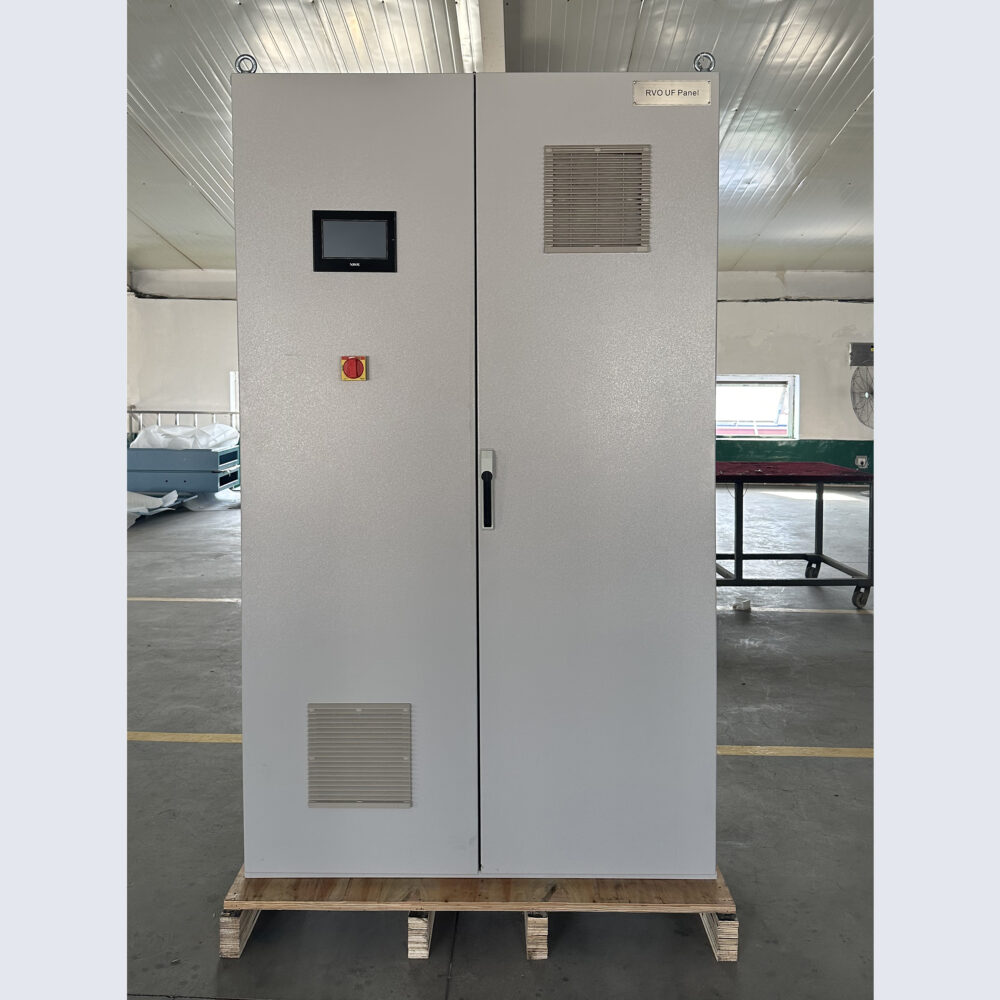Table of Contents
Optimization of Heat Dissipation Design Guide for PLC Cabinets
- Betty
Design optimization is of vital importance for enhancing the performance of PLC control cabinets.
It can significantly improve the stability, reliability, maintainability, and safety of the system. At the same time, it can reduce costs and provide a strong guarantee for industrial automation production.
Next, Yinlu will elaborate in detail on how to build an efficient PLC control cabinet from three aspects: the heat dissipation, layout of the PLC control panel, and electromagnetic compatibility (EMC) protection.
The Influence of Heat Dissipation on the Operation of PLC Equipment
The Hazards of Excessively High Temperature
Performance degradation of electronic components:
The PLC control panel inside the PLC cabinet contains numerous electronic components. If the temperature is too high, the electron migration speed of the chip will change. This will lead to unstable operation speed, cause errors in logical processing, and affect the transmission and processing of signals.
Reduction in reliability:
Excessively high temperatures will accelerate the aging and damage of electronic components. Moreover, high temperatures can also cause a decline in the performance of insulating materials, which will increase the risk of short circuits and reduce the reliability and stability of the entire PLC cabinet system.
Communication guarantee:
PLCs usually need to communicate with other devices. High temperatures can affect the performance of the communication module, resulting in unstable signal transmission and causing problems such as data loss and bit errors.
The Importance of the Appropriate Temperature Range
Ensuring the normal operation of electronic components:
Different types of PLCs have their specific operating temperature ranges. Generally speaking, the normal operating temperature of most PLCs is between 0°C and 55°C. Within this temperature range, the performance of electronic components can remain stable, and the chips can accurately execute instructions, ensuring that the PLC can reliably control industrial equipment.
Prolonging the service life of the equipment:
The aging speed of the electronic components inside the PLC control panel can be slowed down only in a suitable temperature environment, thus prolonging the service life of the equipment.
Improving system stability:
An appropriate temperature range is crucial for enhancing the stability of the PLC cabinet system. When the ambient temperature remains within the suitable range, the PLC control panel can process input signals more accurately and output stable control signals, thus ensuring the smooth operation of the industrial control system.
Common Heat Dissipation Methods and Their Principles
Natural Heat Dissipation
Simply put, it uses the natural convection of air to remove the heat generated by the PLC control panel during operation. The heat sink is the most common component in natural heat dissipation.
When selecting a heat sink, you need to consider the material, size, and shape. During installation, ensure that it is in close contact with the PLC cabinets surface to improve the heat conduction efficiency. You can use thermal grease to fill the gap between them. This method is suitable for PLC cabinets that generate less heat or can be used in well – ventilated environments.
Forced Air Cooling
Forced air cooling accelerates the flow of air through the forced action of a fan, thereby improving the heat dissipation efficiency. When selecting a fan, factors such as air volume, air pressure, noise, and service life need to be considered.
When installing the fan, it is necessary to plan the air duct reasonably to ensure that the air can flow evenly through the heating components. At the same time, pay attention to the installation direction of the fan to avoid the occurrence of air short-circuiting.
You need to carry out regular maintenance. If you find a fault in the fan, you should replace it in a timely manner to prevent affecting the heat dissipation effect of the PLC cabinets.
Liquid Cooling Technology
Liquid cooling technology uses the high specific heat capacity of liquid to absorb and remove the heat generated in the PLC control panel.
There are two common methods: direct liquid cooling and indirect liquid cooling. Liquid cooling technology is suitable for PLC cabinets that generate a large amount of heat or for use in environments with extremely high heat dissipation requirements.
Figure No.1 Basics of Electrical Panel Cooling
Optimization Strategies for Heat Dissipation Design
Basis for reasonable selection of heat dissipation methods
Heat Generation Quantity:
This is the primary basis for selecting a heat dissipation method. If the heat generation quantity of the PLC control panel is small, natural heat dissipation or a simple forced air cooling method can be chosen.
If the heat generation quantity is large, it is necessary to consider adopting more efficient heat dissipation methods, such as liquid cooling technology or an enhanced forced air cooling system.
Working Environment:
The working environment is also an important factor to consider when choosing a heat dissipation method. If the PLC control panel operates in a high-temperature environment, forced air cooling or liquid cooling technology is required.
In an environment with a large amount of dust, you should select a heat dissipation method with good sealing performance to prevent dust from entering the interior of the PLC control panel.
Cost and Maintenance:
The costs and maintenance requirements of different heat dissipation methods also vary. Although natural heat dissipation has the lowest cost and the simplest maintenance, its heat dissipation effect is limited.
When choosing a heat dissipation method, it is necessary to comprehensively consider the cost and maintenance factors and select the most suitable heat dissipation solution.
Planning and design of heat dissipation channels
Channel Design Principles:
The design of the heat dissipation channel should follow the principles of ensuring smooth air flow and avoiding dead – ends and short – circuits.
It is necessary to reasonably plan the positions of the air inlet and the air outlet to ensure that the air can flow evenly through the heating components inside the PLC control panel.
You should place the air inlet at a location with a lower temperature, and locate the air outlet at a position with a higher temperature to create a natural air flow.
Air Duct Optimization:
Air duct optimization can be achieved by installing components such as flow deflectors and partitions. These components guide the air to flow along the pre-set paths, thereby improving the heat dissipation efficiency.
Installing partitions between different functional areas can prevent hot air from accumulating inside the cabinet, thus enhancing the overall heat dissipation effect.
Coordination with Heat Dissipation Methods:
You should coordinate the design of the heat dissipation channel with the selected heat dissipation method.
If natural heat dissipation is used, it is necessary to ensure that the size and position of the ventilation openings can meet the requirements of natural air convection.
For forced air cooling, the air duct should be designed according to the air volume and air pressure of the fan to ensure that the air can pass through each heating component. In the case of liquid cooling technology, the positions of the coolant pipes and heat exchangers should be reasonably arranged to achieve efficient heat transfer.
Conclusion
We hope that the above heat dissipation design suggestions for PLC cabinets can effectively resolve your concerns and doubts regarding heat dissipation.
If you still have any questions about the heat dissipation of PLC cabinets or other aspects, you can contact us immediately.
Yinlu will, with its rich experience and profound professional knowledge, tailor practical and relevant solutions for you.
